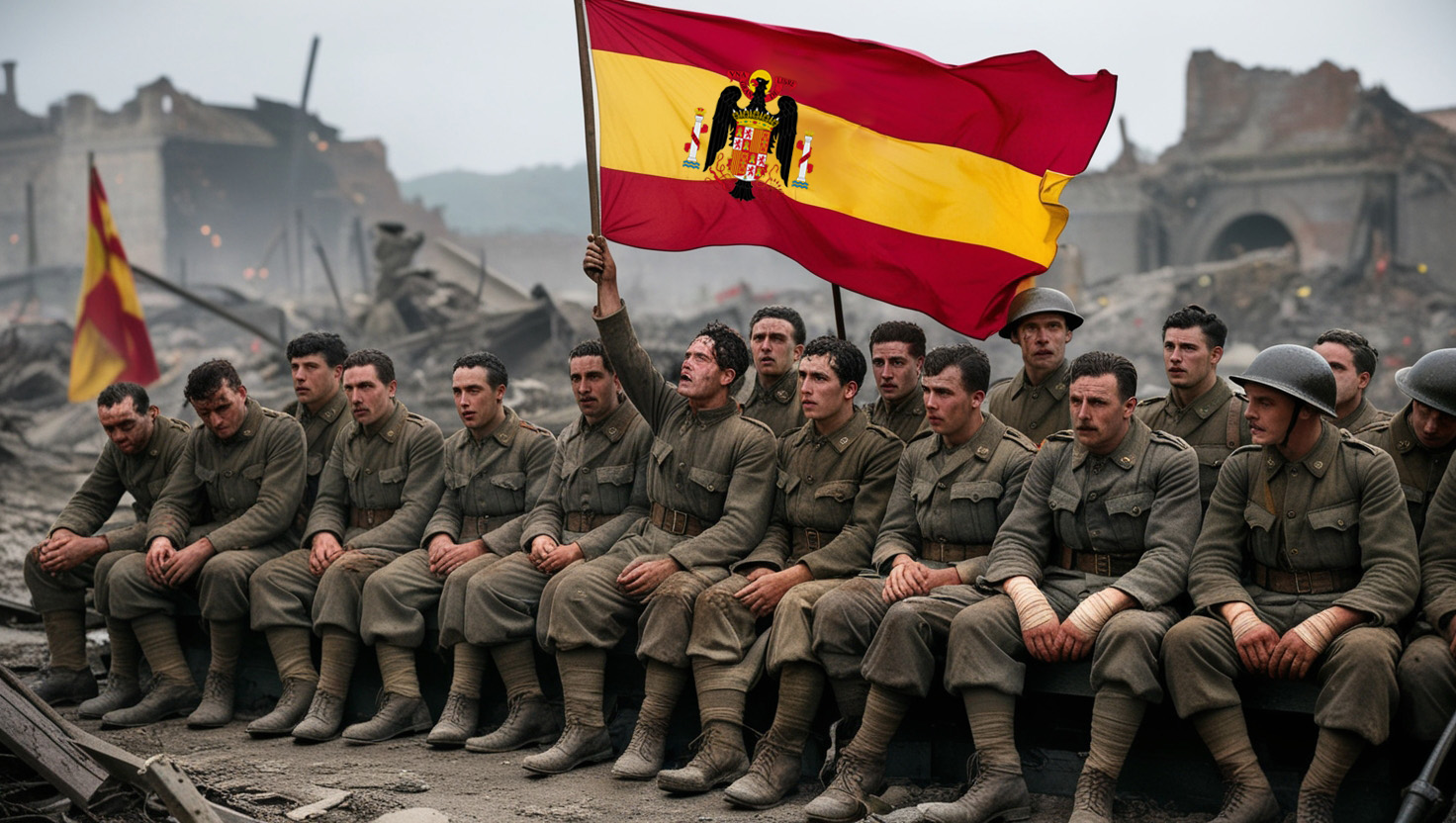What if history had taken a different turn? What if the Industrial Revolution, that great leap forward in human progress, had been infused with the fantastical, the imaginative, and the retro-futuristic? What if, instead of the world we know today, we lived in a reality where steam-powered airships dotted the skies, where brass and copper gears turned the wheels of society, and where the line between science and art blurred into something entirely new? Welcome to a world where the Industrial Revolution turned steampunk.
Before we begin, please support our channel by liking this video and subscribing to Uncharted History. Now, let’s embark on this journey together and explore a steampunk-inflected Industrial Revolution.
The Industrial Revolution: A Catalyst for Change
The Industrial Revolution, spanning the late 18th to the mid-19th century, was a time of unprecedented change. It reshaped economies, societies, and cultures, propelling humanity into the modern age. But what if, during this period of rapid innovation, the aesthetic and technological imagination of steampunk had taken root? What if the gears of progress had been adorned with the intricate craftsmanship of a reimagined Victorian era? This is the question we explore today: What if the Industrial Revolution turned steampunk?
The Birth of a Steampunk Society
To understand this alternate history, we must first ground ourselves in the reality of the Industrial Revolution. It was a time of steam power, mass production, and urbanization. Factories sprang up, cities expanded, and the world was forever changed. But in our steampunk reimagining, these advancements take on a different form. Imagine, for instance, that Charles Babbage’s Analytical Engine, a precursor to the modern computer, was not just a theoretical concept but a reality. In William Gibson and Bruce Sterling’s novel The Difference Engine, this very idea is explored. Babbage’s success in building his proto-computer leads to a convergence of steam technology and computing, fundamentally altering the trajectory of history.
A World of Mechanical Marvels
In this alternate timeline, the fusion of steam and computing creates a society where technology is both functional and artistic. The streets of London are filled with mechanical marvels, gears turning, pistons pumping, and steam hissing. The elite, adorned in elaborate Victorian fashion with brass goggles and clockwork accessories, wield these technologies to maintain their power. Meanwhile, the working class, though still struggling for recognition, finds new ways to adapt and resist. The socio-economic divides of our world are magnified, but so too are the opportunities for innovation and rebellion.
The Aesthetics of Steampunk
Steampunk aesthetics are central to this alternate history. The Victorian era’s love for ornate design merges with the Industrial Revolution’s mechanical ingenuity. Clothing becomes a statement of both class and creativity. The wealthy flaunt their status with elaborate garments adorned with gears and cogs, while the working class repurposes industrial materials into functional yet stylish attire. This fusion of fashion and technology reflects a society where art and engineering are inseparable. The streets are alive with the hum of steam engines and the clatter of mechanical limbs, as inventors and artisans collaborate to push the boundaries of what’s possible.
The Dark Side of Progress
But this world is not without its challenges. The rise of steam-powered technology leads to rapid industrialization, but it also exacerbates social inequalities. The working class, now more essential than ever to the operation of these machines, begins to demand better conditions and greater agency. Labor movements emerge, fueled by the very technologies that oppress them. The tension between the elite and the working class becomes a defining feature of this steampunk society. Strikes and protests erupt in the shadow of towering factories, as workers rally against long hours, unsafe conditions, and meager wages.
Political Reforms and Global Trade
Politically, this alternate Industrial Revolution sparks significant reforms. The need for infrastructure to support steam-powered innovations leads to the rise of powerful corporations and the expansion of global trade. Steam-powered locomotives and airships connect distant parts of the world, creating a network of commerce and communication unlike anything seen before. But with this interconnectedness comes new challenges: colonialism, exploitation, and the concentration of power in the hands of a few.
Redefining Gender Roles
Gender roles, too, are redefined in this steampunk world. The genre often challenges traditional norms, presenting women as inventors, adventurers, and leaders. In our alternate history, figures like Ada Lovelace—often considered the first computer programmer—take on even greater significance. Women are not just passive observers of technological progress but active participants, shaping the course of history with their ingenuity and determination.
Steampunk in Popular Culture
Steampunk’s influence extends beyond technology and society; it permeates culture. Literature, film, and art in this alternate timeline reflect the genre’s unique blend of history and imagination. Works like The Difference Engine and The League of Extraordinary Gentlemen explore the implications of a steampunk Industrial Revolution, while films and video games like Dishonored and Bioshock Infinite transport audiences to worlds where steam power reigns supreme. These cultural products not only entertain but also provoke thought, challenging us to consider the impact of technology on our lives.
The Steampunk Subculture
Today, steampunk is more than just a genre; it’s a subculture. Enthusiasts gather at conventions to celebrate the creativity and nostalgia of this reimagined past. They build intricate costumes, craft fantastical gadgets, and immerse themselves in a world where the Industrial Revolution turned steampunk. This vibrant community is a testament to the enduring appeal of the genre, proving that the past, when reimagined, can inspire the future.
Conclusion: A World of Endless Possibilities
So, what if the Industrial Revolution had turned steampunk? It’s a question that invites us to dream, to imagine a world where technology and art are intertwined, where the past and future collide in a symphony of steam and gears. It’s a world of endless possibilities, where the only limit is our imagination. As we look to the future, perhaps we can take a lesson from this alternate history: that progress is not just about efficiency and power, but about creativity, beauty, and the human spirit.
Thank you for joining us on this journey through a steampunk-inflected Industrial Revolution. Don’t forget to check out the full video on YouTube. Like, comment, and subscribe for more explorations of alternate histories. Until next time, keep dreaming, and keep tinkering.




Thanks a bunch for sharing this with all folks you actually understand what you’re speaking about! Bookmarked. Please additionally discuss with my web site =). We may have a link trade contract among us!